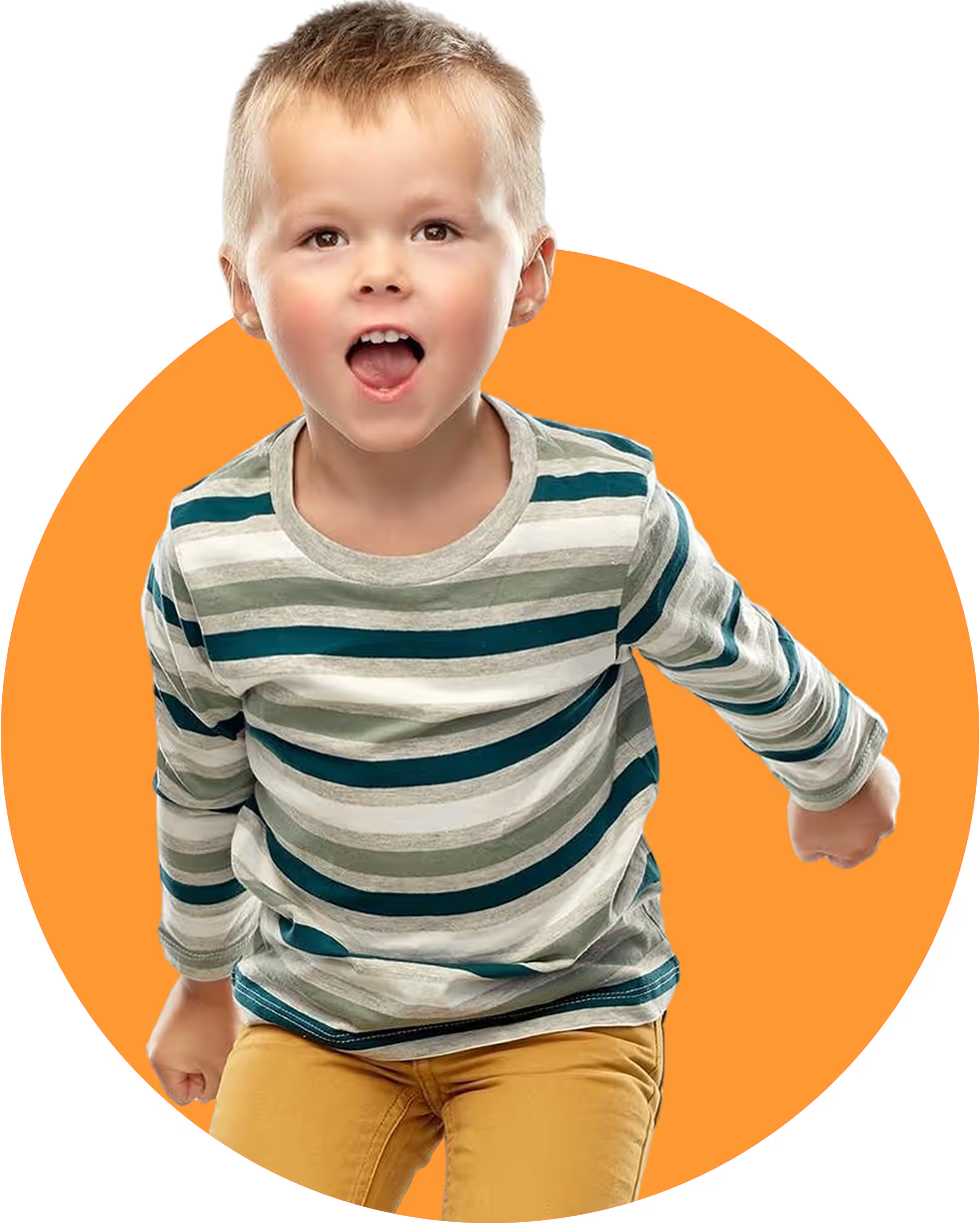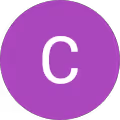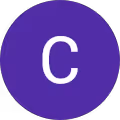Infantile Hyperactivity
Count on NeuroImprove to transform energy and impulsivity into balance and self-control.

What is Child Hyperactivity?
The child or adolescent with Hyperactivity or Impulsivity tends to be constantly on the move(you may move your hands or feet, get up from your chair frequently, or run and climb to inappropriate places).
It is also common to interrupt conversations or have difficulty waiting for your turn, whether in games, in the classroom or other day-to-day activities.
Hyperactivity is often associated with the diagnosis of ADHD, but not all children have all the characteristics of this condition - some manifest only the Predominantly Hyperative-Impulsive subtype.
Main types of Anxiety Disorder
The manifestation of Anxiety may be slightly different when we talk about children and adolescents:

Types of Anxiety Disorder in Children
- Separation anxiety: intense fear of moving away from parents; it can arise as school refusal.
- Selective Mutism:speaks normally at home, but blocks in other contexts (school, consultations).
- Specific phobias:exaggerated fear of objects or situations (animals, dark, thunderstorms, injections).
- Social anxiety:extreme shame and fear of public speaking or being judged.
- Generalized anxiety: constant concerns (health, school, parental safety), with tension and “anticipation of the worst”.

Types of Anxiety Disorder in Adolescents
- Social anxiety: intense fear of judgment in interactions (presentations, sports, parties).
- Generalized anxiety: constant worries (future, grades, body, relationships), with tension, irritability and insomnia.
- Panic disorder:sudden attacks of anxiety and fear that they will happen again.
- Agoraphobia: avoid places with many people (transport, shopping centers) for fear of not being able to leave.
- Specific phobias:exaggerated fear of situations such as heights, flight, driving, blood, injections.
- Health-related anxiety: excessive concern with diseases or use of medicines.
Symptoms of Infantile Hyperactivity
- Speak without thinking and then regret
- Act on impulse, without thinking about the consequences
- Restless in places that require calm (classroom, public spaces)
- More energy in moments that ask for tranquility (meals, car)
- Difficulty controlling oneself during games or with others

- Has difficulty sitting
- Get up or change position constantly
- It is always on the move, as if it were “connected to a motor”
- Impatient and having difficulty waiting for your turn
- Interrupt conversations or talk non-stop
💡 To suspect Hyperactivity, it is important that these symptoms are persistent and have a real impact on the child's daily life.

Diagnosis of Infantile Hyperactivity
The diagnosis of Hyperactivity should be carried out by a specialized professional (psychologist, psychiatrist, pediatrician, among others) and is based on a complete clinical evaluation, which may include interviews, questionnaires and psychological tests.
At NeuroImprove, we also use the Quantitative Electroencephalogram (qEEG), a complementary exam that allows to obtain a more accurate diagnosis and, therefore, a more effective treatment.
In qEEG, the Hyperactive subtype is often associated with:
🧠 An excess of Beta and High Beta waves
🧠 A decrease in the Alpha wave
It is customary to observe, therefore, a brain map similar to this:

Values below expected

Values above expected

PHDA Combined
As the name suggests, it is a combination of the symptoms presented by the two other subtypes: inattentive and hyperactive-impulsive.

Treatment of Infantile Hyperactivity
The treatment of Hyperactivity in childhood should be individualized and adapted to the child's stage of development, taking into account their family, school and social context.
At NeuroImprove, we follow an integrated approach:
Neurofeedback
Painless and non-invasive brain training that improves focus, calm and emotional self-regulation - without resorting to medication. Find out more.
Cognitive-Behavioral Therapy
We help the child understand their fears, develop emotional awareness and learn practical strategies to deal with Hyperactivity more safely. Find out more.
Involvement of Family and Other Professionals
We work with parents and, when necessary, coordinate with teachers, pediatricians, psychiatrists, speech therapists or other psychologists to ensure consistency in and out of sessions.
👉 Do you want to know in detail how we work?
What other families are saying
My daughter had a lot of anxiety that was even affecting her at school level but thanks to this treatment she improved immensely. This would be very noticeable in school and it does not seem the same. I recommend.
I really liked the accompaniment. What we want to improve is always taken into account and affects us the most. I am a completely different person, much calmer and more focused. Neurofeedback makes all the difference! I strongly advise those who manage to get green for this type of treatment
I liked it from the care to the treatment, my son is 8 years old suffers from anxiety and has attention deficit. With the help of neurofeedback you can already control your anxiety, you are calmer and more confident and your attention has improved a lot.
We are having an excellent experience. In a few sessions and you can already notice results. Great professionals and very welcoming, both at the reception and therapists. Thank you
I found a friend at the NeuroImprove Clinic when I was already desperate because all the doors were closing for my son. Today he is a teenager with friends and a super normal life, and with a very strong self-esteem. This achievement of mine is due to this magnificent clinic that has a team of excellent professionals.
Fantastic clinic and team and always looking for agenda solutions and helping the children in this case my daughter. I highly recommend coming to Porto from Lisbon because the confidence is maximum and the support, the professionalism of the teams, the way they explain the progress of the sessions can only give improvements..
It's been a very positive experience. Although there are not many sessions yet, we have already noticed differences in our son. We always give feedback in all sessions and we have the opportunity to follow the results with the evaluations made before, during and after the program. Thank you all, they are an excellent team. Catia Lopes
An excellent follow-up with results that exceeded my expectations in my child's Hyperactivity.
I noticed a lot of differences in my son, namely in his behavior, more in relation to me, that we were with authority problems, but thank goodness he has corrected! And if I eventually need treatment again, this is where I will go for sure! Many thanks to the whole team always ready to help, and Dra. Beatriz for all the support and affection given throughout our journey! Thank you all at NeuroImprove 🙏❤️
We Train Brains, Strengthen Minds, Transform Lives
Schedule an appointment and see how we can help your family.
No time for a call now? Leave your details and we will get in touch:

Wonderful team, concerned, attentive and always available to help in everything.
With the passage of time, the results are being verified.
I am grateful to have met Neuroimprove and all its professionals.














